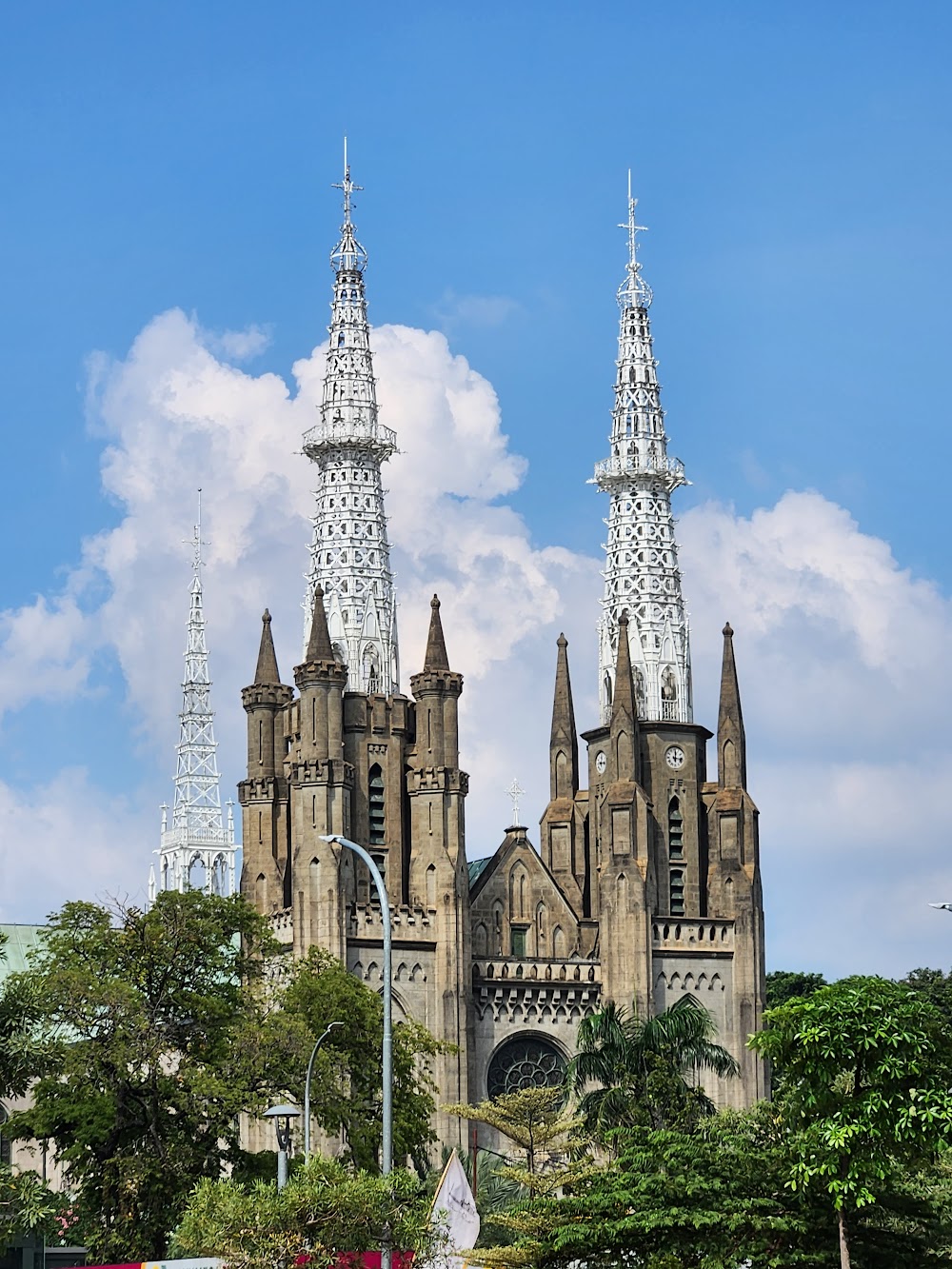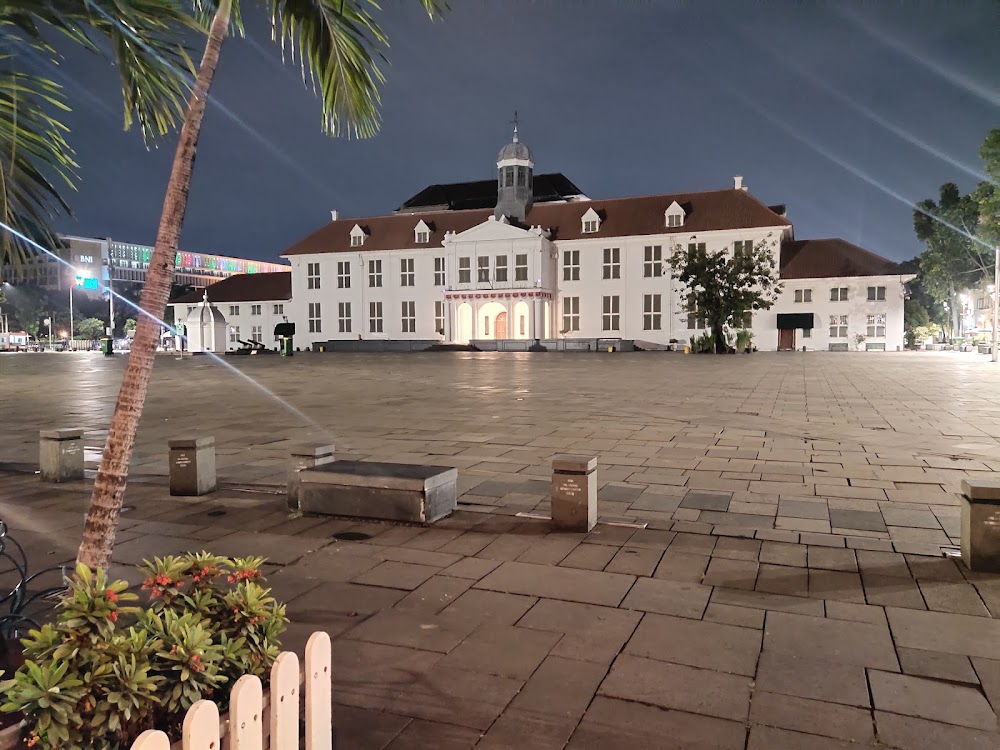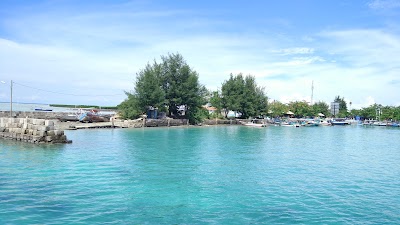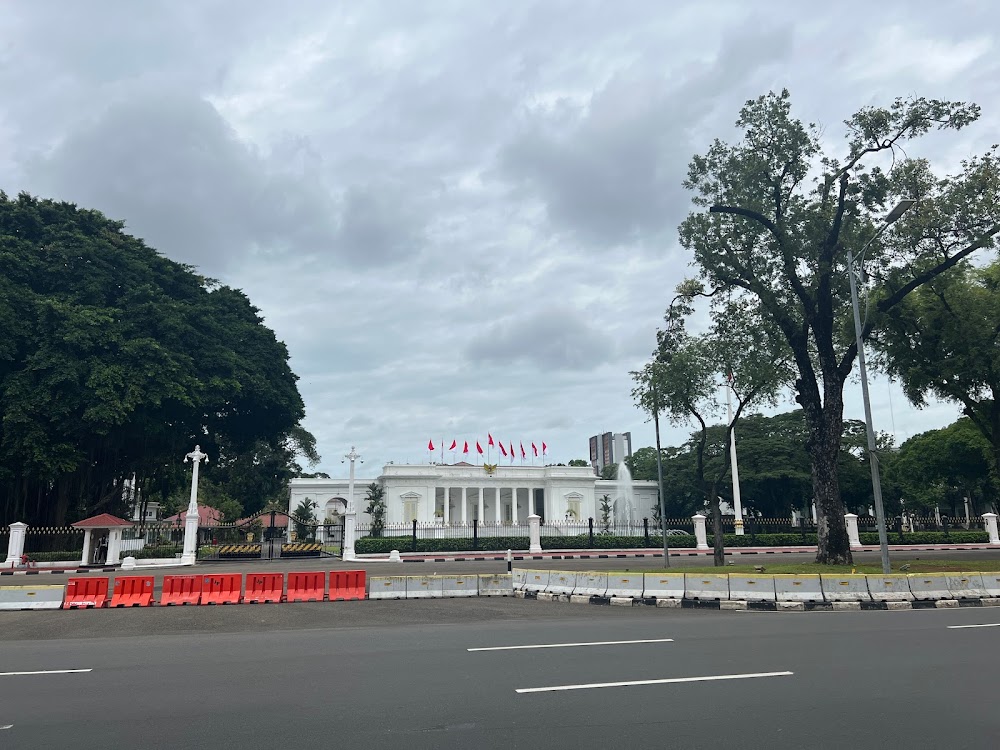Jakarta Cathedral (Gereja Katedral Jakarta)
Overview
The Church of Our Lady of the Assumption, more commonly known as Jakarta Cathedral, is an iconic structure located in DKI Jakarta, Indonesia. This grand edifice is not just a place of worship; its history and architectural details speak volumes about its significance and grandeur.
The story of Jakarta Cathedral began in the early 19th century during the Dutch colonial era, when the need for a proper Roman Catholic church became evident due to the growing Catholic community in Batavia (now Jakarta). The initial construction was completed in 1829, but the building was not durable enough to withstand the natural disasters that plagued the region. It soon became clear that a more robust structure was essential.
In 1890, a catastrophic fire devastated the church, leaving it in ruins. However, this tragedy paved the way for the cathedral we see today. The decision to rebuild was swift, and planning commenced almost immediately.
The esteemed architect Marius Hulswit was commissioned to design the new cathedral. Renowned for his expertise in ecclesiastical architecture, Hulswit embraced the Gothic Revival style, which was gaining popularity in Europe at the time. His vision included pointed arches, ribbed vaults, and flying buttresses, all intended to evoke a sense of grandeur and spirituality.
Construction of the new cathedral began in 1891. The process was meticulous and ambitious, considering the technological limitations of the era. Local artisans and workers were employed, resulting in a unique blend of European architectural elements and local craftsmanship. The main material used for the structure was red brick, known for its durability and local availability.
One of the cathedral's most distinctive features is its facade, adorned with three prominent spires. The central spire, known as "Fortress of David," symbolizes faith. To the left, the "Ivory Tower" represents purity, while the spire on the right, "Belfry of the Angelus," signifies resurrection and eternal life. These towers contribute to the cathedral's majestic skyline.
Construction was completed in 1901, a decade after it began, and the cathedral was consecrated in the same year. Its finished structure stands as a testament to the perseverance and dedication of the Catholic community in Jakarta.
The interior of the cathedral is equally breathtaking. With its high vaulted ceilings and stunning stained glass windows, the atmosphere is one of reverence and awe. The windows, depicting scenes from the Bible, were imported from the Netherlands, adding an authentic European touch to this Indonesian church. Intricate wooden carvings and a large pipe organ, installed in 1988, further enhance the sacred ambiance.
Jakarta Cathedral also features a museum on the upper floor, housing relics and artifacts significant to the history of Catholicism in Indonesia. This museum provides a fascinating glimpse into the heritage and journey of the Catholic faith in the region.
Over the years, Jakarta Cathedral has evolved into not just a place of worship but a symbol of religious harmony in Indonesia. Despite the nation being predominantly Muslim, the cathedral stands as a beacon of interfaith respect and unity. Its strategic location opposite the Istiqlal Mosque, the largest mosque in Southeast Asia, further reinforces this spirit of tolerance and mutual understanding between different religious communities.
Today, Jakarta Cathedral continues to fulfill its religious purpose while attracting tourists from around the world. Regular masses and ceremonies draw both local worshippers and international visitors who come to admire its architectural beauty and rich history.
The Church of Our Lady of the Assumption remains a vital part of Jakarta's cultural and spiritual landscape, a testament to the city's rich history and diverse heritage. Its story of resilience and beauty, embodied in its Gothic Revival architecture, continues to inspire awe and admiration in all who visit.








